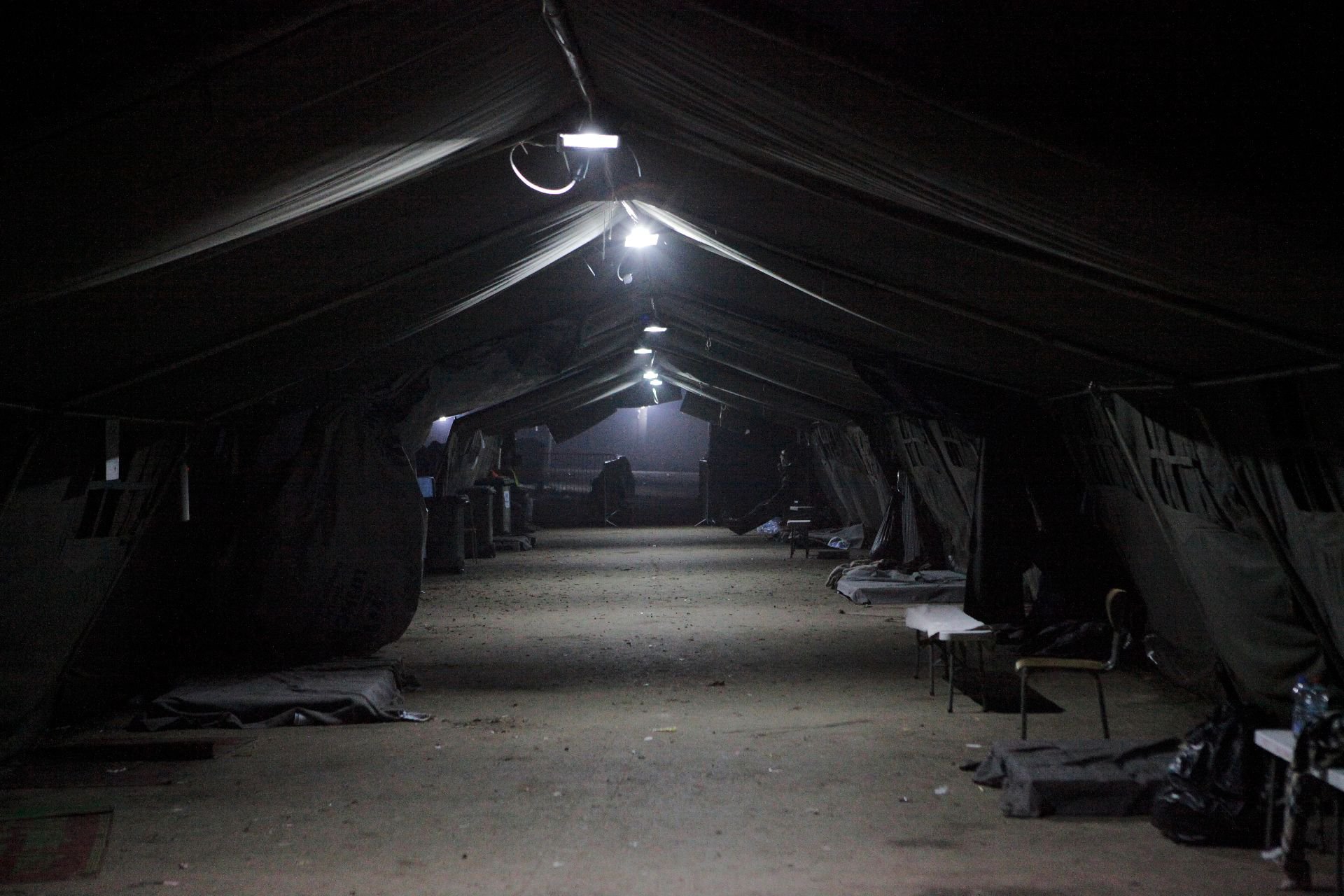During another time and in another place than the Hydrologic Institute in Prague, a Turkish exclave on the Danube was submerged. This happened in the 1970s, on what is today the border between Romania and Serbia. Since the late 17th century, Ada Kaleh was inhabited mainly by Ottoman Turks after they captured the local Hapsburg fortress. At the time the treaties were signed after the Russo-Turkish war, the island was forgotten and thus it remained a de iure Ottoman territory. In 1970, the island was flooded by the Danube during the construction of the Iron Gate Hydroelectric Plant and dam.
The Romanian government decided to provide a replacement in the form of a copy of the island town built on the unsubmerged Simian Island, located a few dozen kilometres away. However, Ada Kaleh’s residents refused to live in the quickly built, unsuccessful replica. This led to the recreated town falling into ruin, and the area is now vigilantly guarded as it lies on the EU’s external border. Today, the residents of the new town are mainly birds living amongst the self-seeded trees, whilst the original island of Ada Kaleh is a haven for fish.
The hydrological institute’s activities include testing ‘what-if’ scenarios. Various volumes of water are released through a precisely built model riverbed and the results are monitored. This composed evening event, created by Lucie Rosenfeldová, Matěj Pavlík, Jiří Žák, and Pavel Sterec, links the history of Ada Kaleh to the local water networks and riverbeds, thus becoming a guidepost for themes involving social engineering, environmental interventions, anthropological boundaries, and many more.
